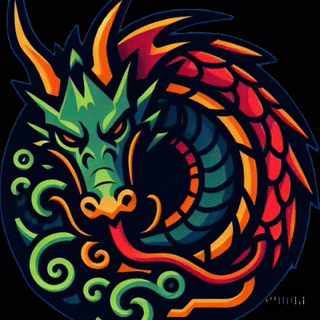The Hierarchy of Norse Gods: A Comprehensive Guide
Introduction
The Norse pantheon, rich in mythology and cultural significance, consists of a complex hierarchy of deities governing various aspects of life, nature, and the cosmos. The Norse gods were primarily divided into two main groups: the Aesir and the Vanir, with other supernatural beings playing crucial roles in the mythological framework. This paper provides a structured analysis of the hierarchy of Norse gods, supported by scholarly references and links for further research.
The Two Divine Tribes: Aesir and Vanir
The Aesir: Gods of Power and War
The Aesir were the principal gods of Asgard, associated with war, power, and governance. They played dominant roles in Norse cosmology and were often depicted as rulers and warriors.
Key Aesir Deities:
Odin – The Allfather and chief of the Aesir, associated with wisdom, war, poetry, and death.
Thor – The thunder god, protector of Midgard, wielder of Mjolnir.
Frigg – Odin’s wife, associated with foresight and motherhood.
Tyr – God of law, justice, and heroic glory.
Loki – A complex figure, often a trickster and catalyst for chaos.
The Vanir: Gods of Fertility and Prosperity
The Vanir were deities linked to nature, fertility, and prosperity. They initially warred with the Aesir but later merged with them following a truce.
Key Vanir Deities:
Njord – God of the sea and wealth.
Freyja – Goddess of love, beauty, and fertility.
Freyr – God of fertility, agriculture, and peace.
Other Key Supernatural Beings
The Jotnar (Giants)
The Jotnar, or giants, were ancient beings that often opposed the gods but were also interwoven into the divine hierarchy through marriage and offspring. Notable figures include Ymir (the primordial giant) and Surtr (the fire giant prophesied to burn Asgard during Ragnarok).
The Norns
The Norns were powerful female beings who controlled fate, similar to the Greek Fates. The three principal Norns were Urd (Past), Verdandi (Present), and Skuld (Future).
The Valkyries
Warrior maidens who served Odin, the Valkyries selected warriors slain in battle to join Valhalla, where they would prepare for Ragnarok.
The Role of the Gods in Norse Cosmology
Norse mythology is deeply intertwined with the concept of fate, cyclical destruction, and rebirth. Ragnarok, the prophesied end of the world, signifies a fundamental shift where many gods, including Odin and Thor, meet their end, and a new world rises from the ashes.
Scholarly References and Further Research
For those interested in deeper academic study, the following references and online resources provide further insights:
Simek, Rudolf. Dictionary of Northern Mythology – A comprehensive lexicon of Norse mythology. Available on Google Books
Ellis Davidson, H.R. Gods and Myths of Northern Europe – A classic scholarly work exploring Norse mythology.
Snorri Sturluson, The Prose Edda – A fundamental primary source of Norse myths. Online at Sacred Texts
Jackson Crawford’s YouTube Channel – An accessible academic source on Old Norse language and myths. Visit Channel
The Viking Society for Northern Research – Offers free academic papers and translations. Visit Website
Conclusion
Understanding the hierarchy of Norse gods requires an exploration of the interplay between power, fate, and nature in the mythological tradition. The division between Aesir and Vanir, alongside the influence of giants, Norns, and Valkyries, creates a rich tapestry of interconnected beings that reflect the values and beliefs of the Norse people. Scholars and enthusiasts alike can continue exploring these myths through the recommended readings and resources.
This paper is intended for publication on a website for general readers and academic students. All referenced works are provided for further in-depth research.
480-366-3550 (Domain Sales)
© SDBEST LLC, 2025. All rights reserved.
Sponsorship Disclosure
Terms of Service
